Just some pictures shot in Explore the Wild.
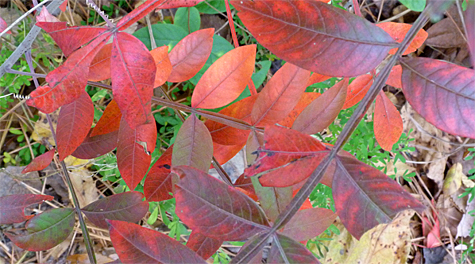
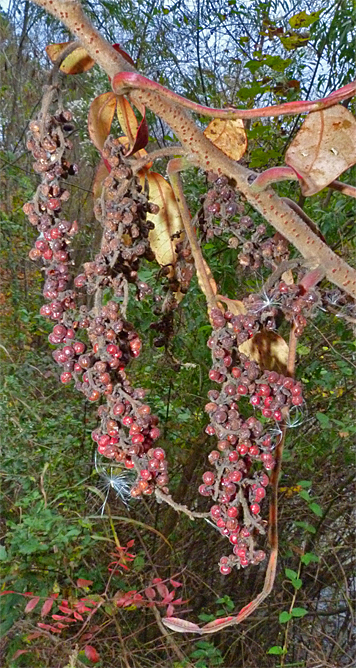

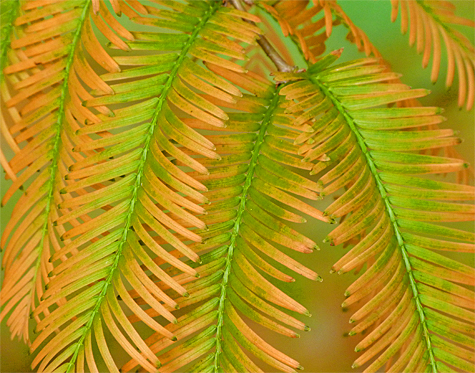
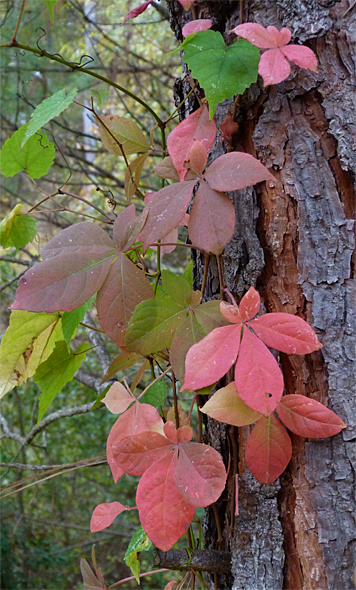
Now that we have turned our clocks back an hour, closing time here at the Museum is actually an hour later than in previous weeks. Photographically speaking, the lower sun makes for better light and reflections in the Wetlands’ water
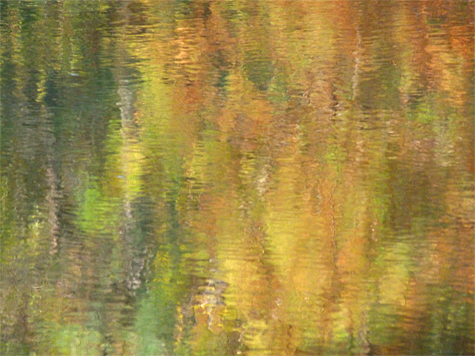
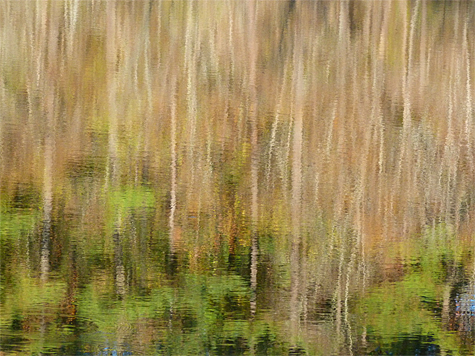
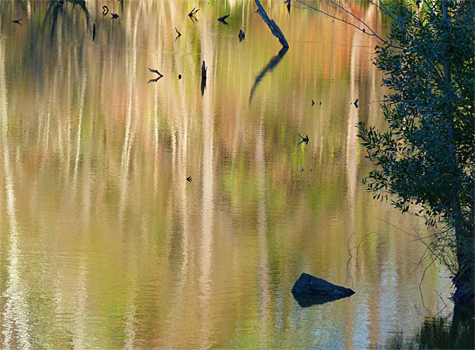
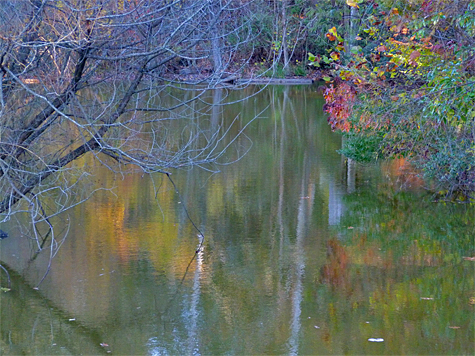
See you next time!
Why do some leaves turn red and other leaves turn gold?
Good question Wendy.
First, read this.
There are four pigments which are responsible for the color in leaves, Chlorophyll (green), Carotenoids (yellow, orange), Tannins (brown), and Anthocyanins (red). The first three are always present in the leaves, the Anthocyannins are produced in the fall during certain conditions.
As you know, chlorophyll is a product of photosynthesis. During the growing season when photosynthesis is in full swing, the chlorophyll that’s produced absorbs all light except green, which is why the leaves look green (green is reflected). As the days shorten and photosynthesis slows in the fall the other pigments (carotenoids) become visible. They’ve been there all along but have been over powered by the chlorophyl. They absorb all of the colors except the yellow side of the spectrum. The yellow pigments may also become visible when a particular tree is stressed during the growing season such as when deprived of nutrients or when diseased and the production of chlorophyl is halted.
The tannins are the browns in some tree’s leaves which become visible when the chlorophyll and carotenoids are no longer visible.
And here is what you’ve been waiting for. The reds are the product of Anthocyannins. Anthocyannins are not present in all trees. And, they are not present in the leaves during the growing season in trees that do produce Anthocyannins. They only appear during the fall. It’s not clear exactly what’s happening in the leaf when Anthocyannins are produced but it seems as if it’s a last-ditch attempt by the tree to produce more sugars in which to store away as local conditions worsen later in the fall, whether due to poor soil or exceptionally cool, sunny, and dry weather during the fall.
That’s what the experts say.
Since you brought it up, I’ve noticed that some of our sweetgums here at the Museum which grow along the wetlands (right next to the water) currently have bright red leaves while the leaves on the sweetgums which grow in a more upland area (along the path to Catch the Wind) have yellow leaves. Could the trees alongside the wetlands be rooted in poor soil? I would think the opposite. I would also think that the trees down in the wetland less likely to suffer from lack of water. If our little sample is indicative, the trees in the upland area should have red leaves and the trees in the wetlands yellow. Hmmm.
What do you think?